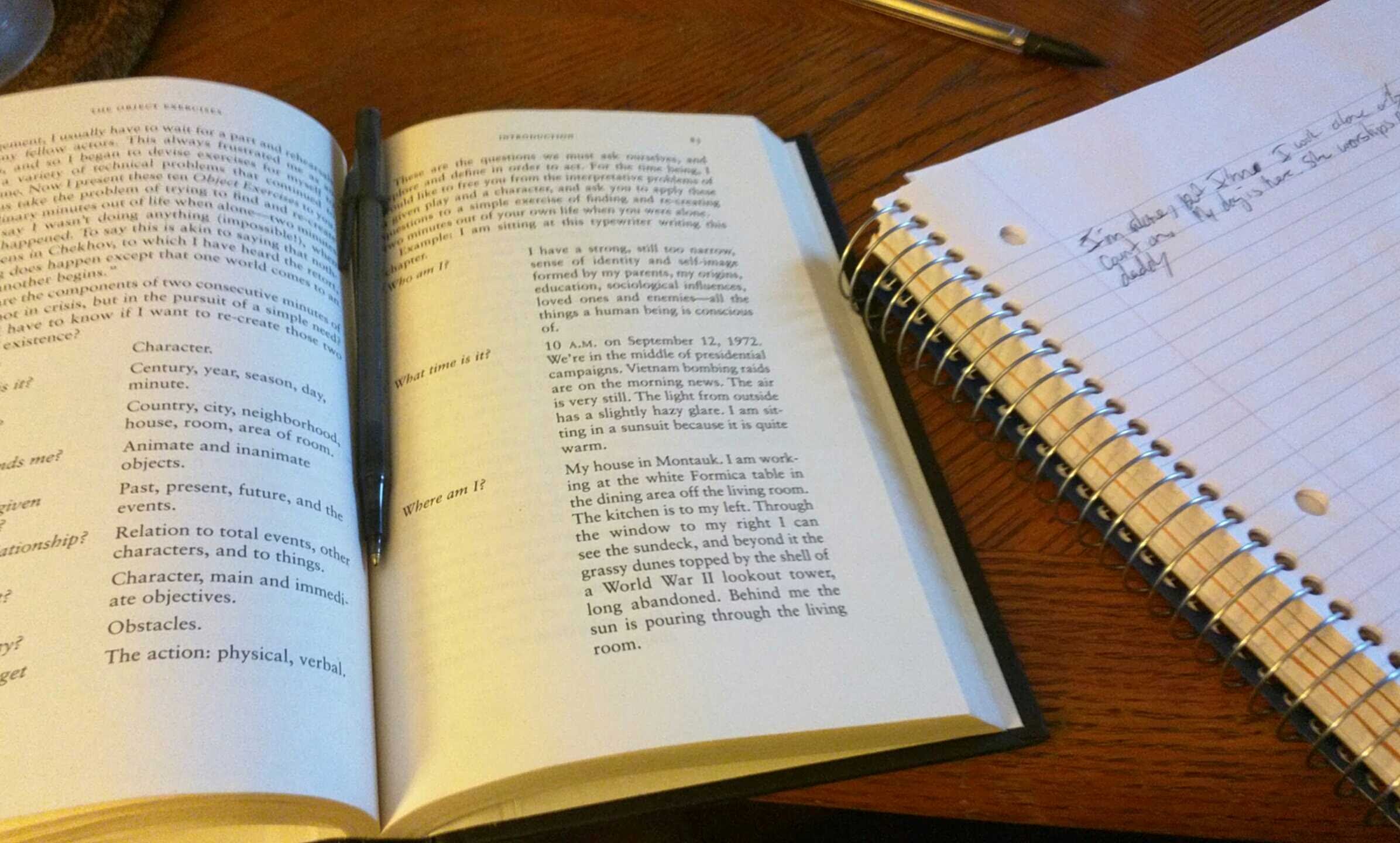While training, I have been exposed to a variety of acting styles and techniques. There are two, however, that resonated with me as performer and continue to inform my performances. That would be Uta Hagen’s, “Respect for Acting” and Michael Chekhov’s, “To the Actor.“
Uta Hagen’s approach emphasizes realism, psychological depth, and the actor’s connection to the character and circumstances. Hagen’s principles, as outlined in “Respect for Acting” include:
- Object Exercises: Actors focus on specific objects to enhance concentration and sensory awareness, grounding their performances in tangible, sensory experiences.
- Substitution: Encourages actors to replace personal experiences with those of the character, fostering authenticity and emotional truth in their portrayal.
- Personalization: Actors draw on their own emotions and memories to connect with the character’s feelings, creating a genuine and relatable performance.
- Units and Objectives: Breaking down scripts into specific beats or units, actors identify their character’s objectives in each moment, promoting a dynamic and purposeful approach to scenes.
- Through-line of Actions: Emphasizes the importance of understanding the character’s overarching goals and desires throughout the entire play or scene, maintaining consistency and coherence in the portrayal.
Michael Chekhov, a Russian actor and theater practitioner, outlined his approach to acting in his book “To the Actor.” Chekhov’s principles focus on the psychological and spiritual aspects of the actor’s craft.
- Psychological Gesture: Encourages actors to find a physical gesture that embodies the essence of a character, fostering a deeper connection to the character’s emotional core.
- Imagination: Emphasizes the use of imagination to evoke authentic emotions and experiences, allowing actors to tap into the rich inner life of their characters.
- Sensations: Actors explore the physical sensations associated with emotions, creating a visceral and embodied performance.
- Form: Highlights the importance of understanding the overall structure of a play or scene, guiding actors in creating a coherent and impactful performance.
- Rhythm: Advocates for the exploration of rhythmic patterns in speech and movement to enhance the expressiveness and dynamic quality of a performance.
I highly recommend both of these books. Click here to get “Respect for Acting” and click here to get “To the Actor”

Leave a Reply